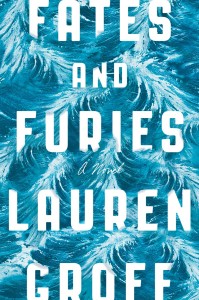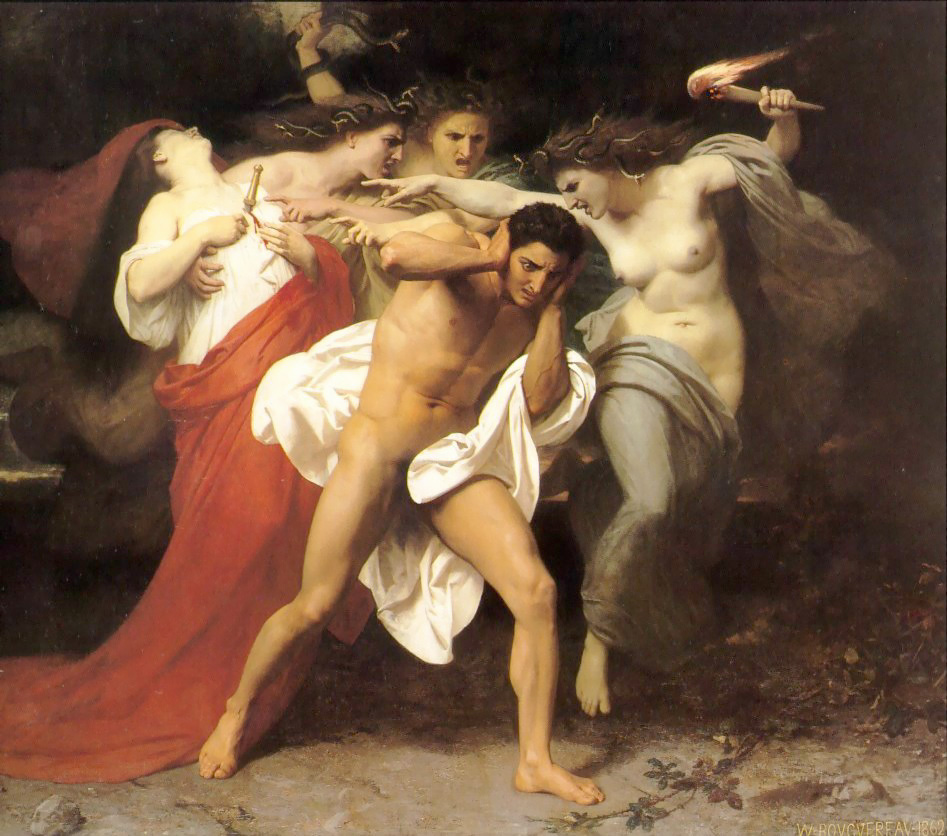Adam Makos will be here TONIGHT at 5:00! We love this book so much that we’ve chosen it as our December pick for First Editions Club.
Let me start this blog off by saying this….
I don’t read non-fiction. Pretty much….never. Not at all. I can not sit down and read fact after fact about a topic; it just can’t hold my attention the way a fictional story can. I don’t like this, because I want to be able to learn about different things and I obviously have books at my fingertips to do so by working at Lemuria; but, non-fiction is just not my “go to”.
With all that being said…..Let me tell you about this non-fiction book that changed everything.
 I’ve always been interested in World War I and World War II and the time period around those years. To be honest, I’ve just always been interested in the history of different wars (obviously more interested in those in which the U.S. were involved). I like watching movies based around war and there are times when I will watch documentaries as well. But, reading a history book wasn’t something I enjoyed.
I’ve always been interested in World War I and World War II and the time period around those years. To be honest, I’ve just always been interested in the history of different wars (obviously more interested in those in which the U.S. were involved). I like watching movies based around war and there are times when I will watch documentaries as well. But, reading a history book wasn’t something I enjoyed.
However, I really feel as if Devotion has changed my outlook on reading about history. Devotion is an incredible story from military journalist, Adam Makos. As it’s stated on the cover, it’s “An Epic Story of Heroism, Friendship and Sacrifice” between two Navy carrier pilots during the Korean war. One of which is a white New-Englander who comes from a country club background (Tom Hudner), while the other pilot is a share-cropper’s son from Mississippi (Jesse Brown) who became the first African-American Naval pilot. Basically, Jesse was fighting for a country that sometimes wouldn’t even serve him in a restaurant. However, he found much more than just a job in the Navy; he found men that stood by his side no matter what.
Makos goes way beyond just slapping down facts on a piece of paper, he takes you into the intense lives of both Lieutenant Tom Hudner and Ensign Jesse Brown during their time in the Korean War by offering you a novel-like feel. He interviewed so many military veterans and used all of that information to make the stories flow together as one- so much so that it feels like you’re reading a novel rather than sectioned off facts about the war.
From what I understand, the Korean War is the Forgotten War, but Makos takes you right into the battlefield; from the Marines on the ground in trenches to Jesse and Tom overhead in their planes. I was definitely taken into the harsh conditions (temperatures as low as -35 degrees) when the Marines were near Chosin Resevoir; and there were moments when I felt like I was in the plane with Jesse or Tom trying to make split-second decisions. Makos included maps to help show the locations of each event, letters, and photos taken during this time as well as before (photos of marines and pilots with their wives, parents, siblings, etc). Having photos and being able to put faces on to the people being described made me become so involved in the story, that there were a few times while I was reading that I became slightly emotional.
Makos made me look at non-fiction in a whole new way. I was given facts and I was given true stories …and it was beautiful. This book was such a great way to take a look at history and to teach myself more about sacrifice, war, and one’s devotion to friendship. I feel like I’m going to have to keep sticking my nose in our history section from now on to see if I can learn a few more things.



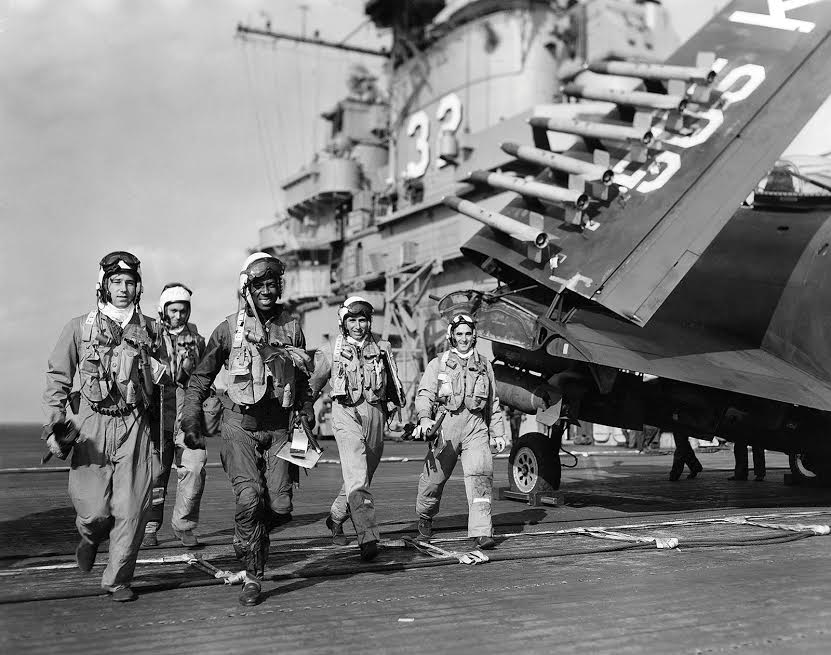
 At the time “Love in the Time of Cholera” was published in the United States in 1988, García Márquez could not tour in the United States because of the government travel ban, so Random House mailed the sheets to García Márquez for him to sign. The sheets were bound into a beautiful limited edition of 350 copies with pink cloth over black cloth boards with a black lace patterned acetate jacket, housed in a yellow slipcase with a black lace pattern.
At the time “Love in the Time of Cholera” was published in the United States in 1988, García Márquez could not tour in the United States because of the government travel ban, so Random House mailed the sheets to García Márquez for him to sign. The sheets were bound into a beautiful limited edition of 350 copies with pink cloth over black cloth boards with a black lace patterned acetate jacket, housed in a yellow slipcase with a black lace pattern.



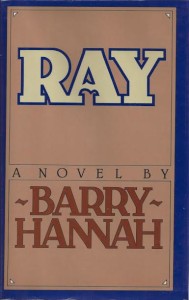 This fragment of “Ray” also differs from the complete version of “Ray” published by Knopf in 1980 as pages 12-26. The publication of Gorgas Oak’s “Neighborhood” provides a rare opportunity to compare an early draft of a literary text with its final form.
This fragment of “Ray” also differs from the complete version of “Ray” published by Knopf in 1980 as pages 12-26. The publication of Gorgas Oak’s “Neighborhood” provides a rare opportunity to compare an early draft of a literary text with its final form.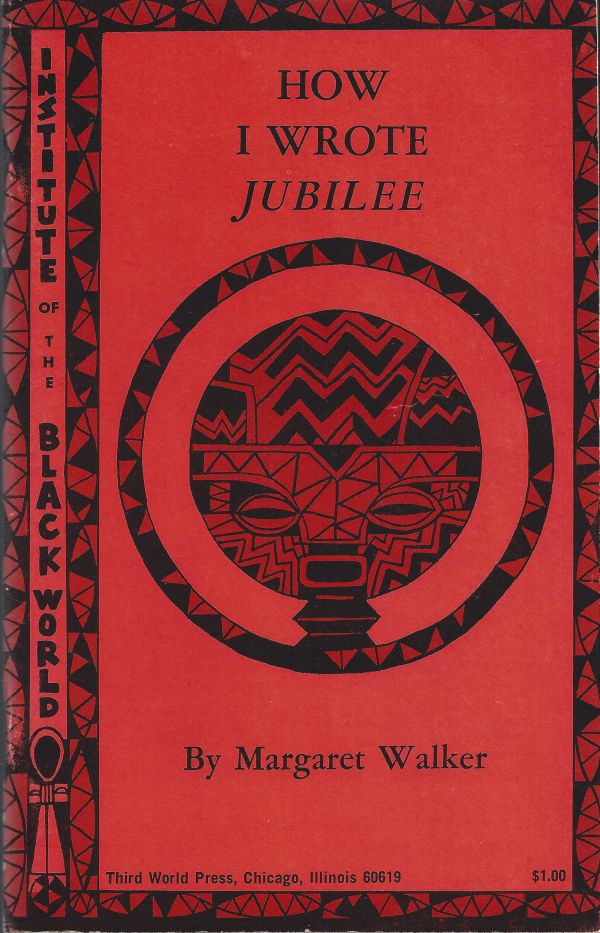
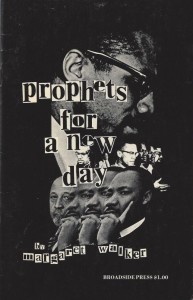
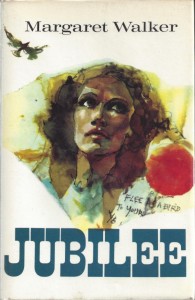
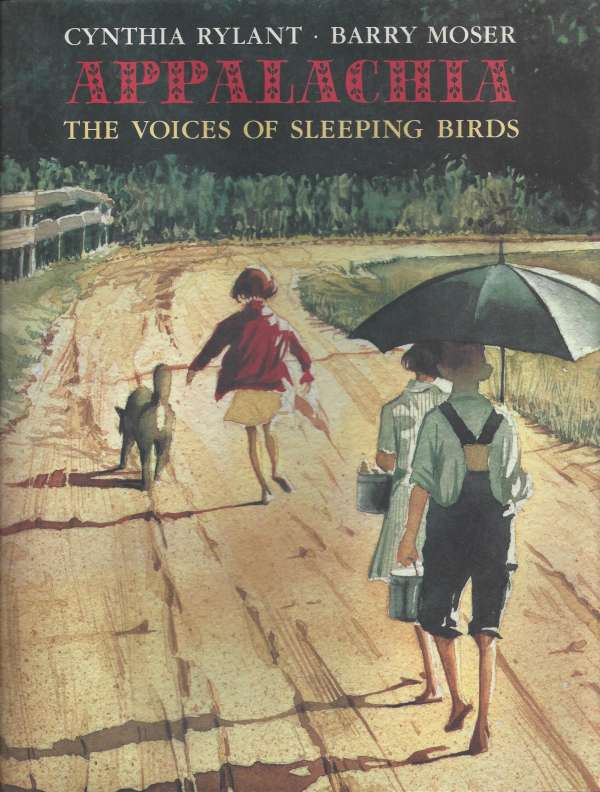
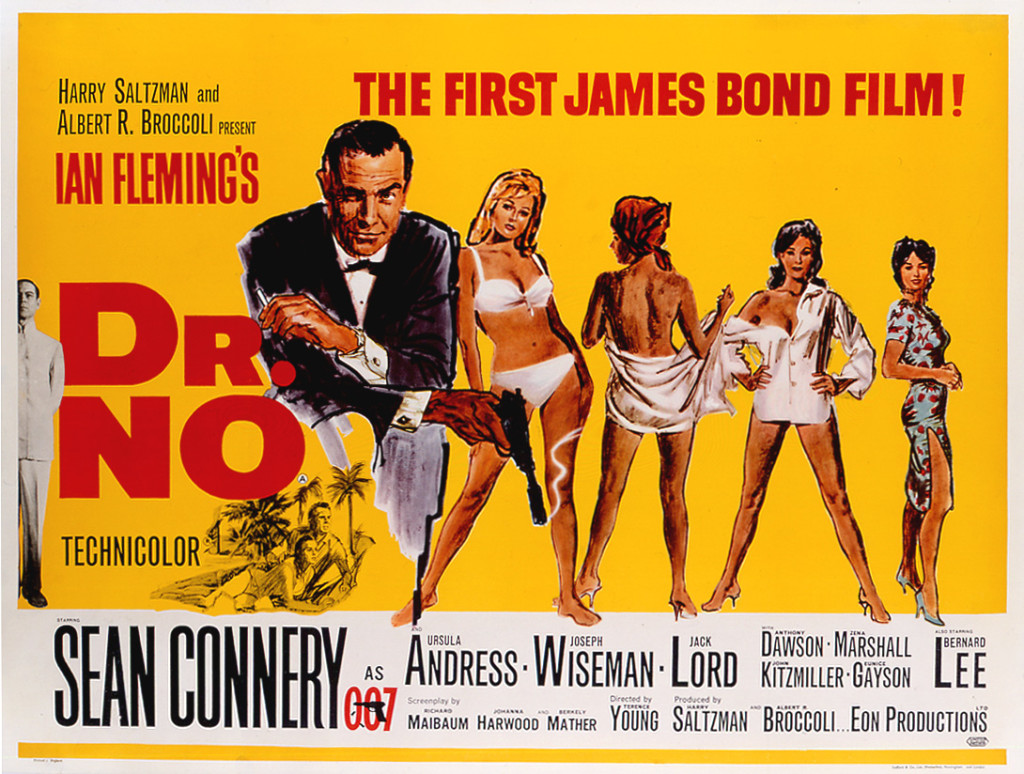
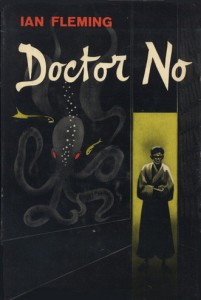
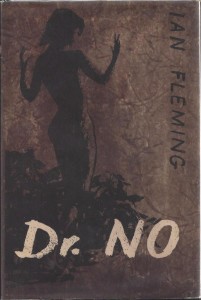
 By 1993, John Grisham’s name had become synonymous with the legal thriller and he had published four of his most popular books: “A Time to Kill” (1989); “The Firm” (1991); “The Pelican Brief” (1992); and “The Client” (1993). This same year Doubleday bought the rights from Wynwood press to reissue “A Time to Kill” in hardback. Meanwhile, “The Firm” and “The Pelican Brief” were box office hits in the movie theater, expanding Grisham’s fan base even further.
By 1993, John Grisham’s name had become synonymous with the legal thriller and he had published four of his most popular books: “A Time to Kill” (1989); “The Firm” (1991); “The Pelican Brief” (1992); and “The Client” (1993). This same year Doubleday bought the rights from Wynwood press to reissue “A Time to Kill” in hardback. Meanwhile, “The Firm” and “The Pelican Brief” were box office hits in the movie theater, expanding Grisham’s fan base even further.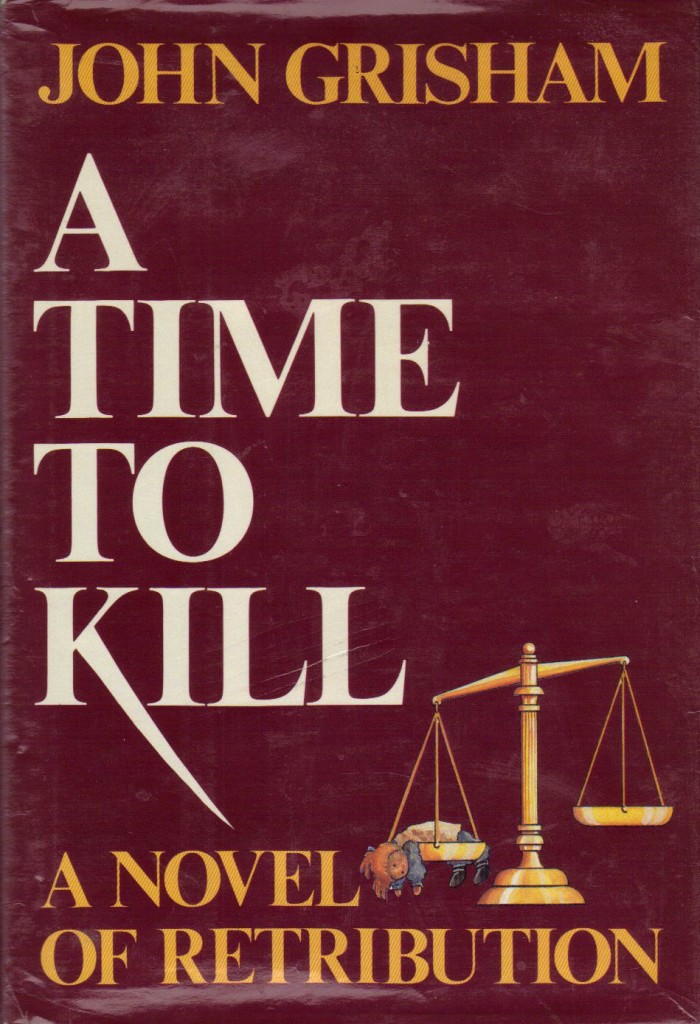
 Every year since “The Client,” Doubleday has issued a limited edition of each of John Grisham’s novels. The legal thrillers are leather-bound, signed and numbered, have decorated end papers, gold stamping, a ribbon marker and are housed in a slipcase. The nonlegal thrillers like “Ford County,” “Skipping Christmas” and “A Painted House” are issued cloth bound and as a group are not always uniform in size as the legal thrillers are. An entire limited edition collection in fine condition—from “A Time to Kill” to the latest book—is valued at around $15,000.
Every year since “The Client,” Doubleday has issued a limited edition of each of John Grisham’s novels. The legal thrillers are leather-bound, signed and numbered, have decorated end papers, gold stamping, a ribbon marker and are housed in a slipcase. The nonlegal thrillers like “Ford County,” “Skipping Christmas” and “A Painted House” are issued cloth bound and as a group are not always uniform in size as the legal thrillers are. An entire limited edition collection in fine condition—from “A Time to Kill” to the latest book—is valued at around $15,000.